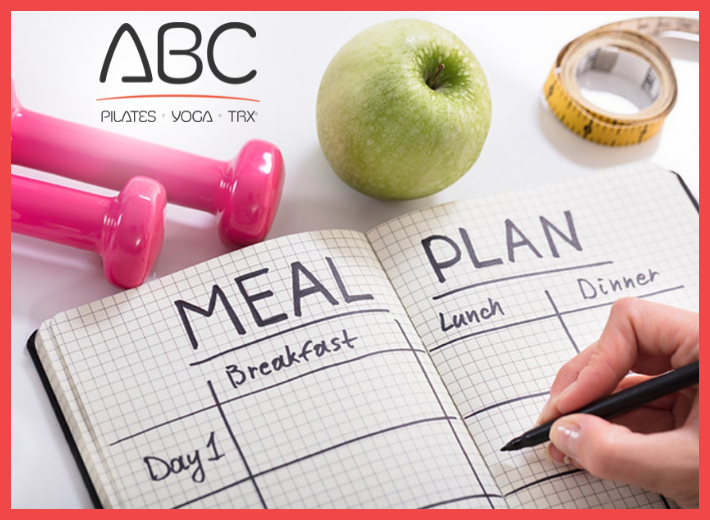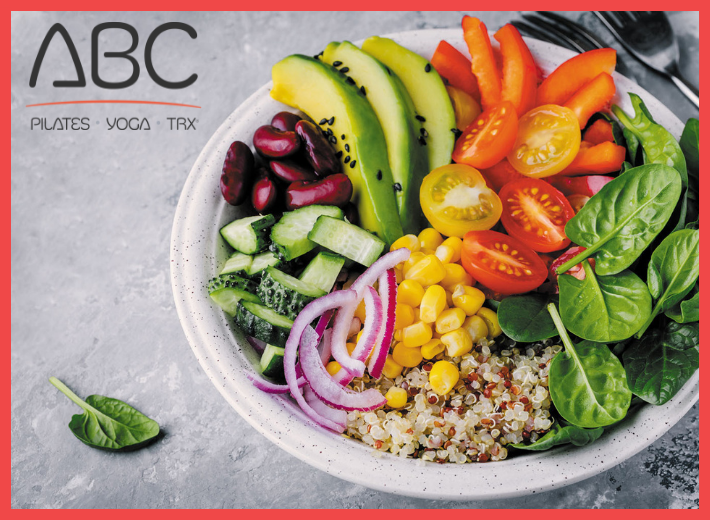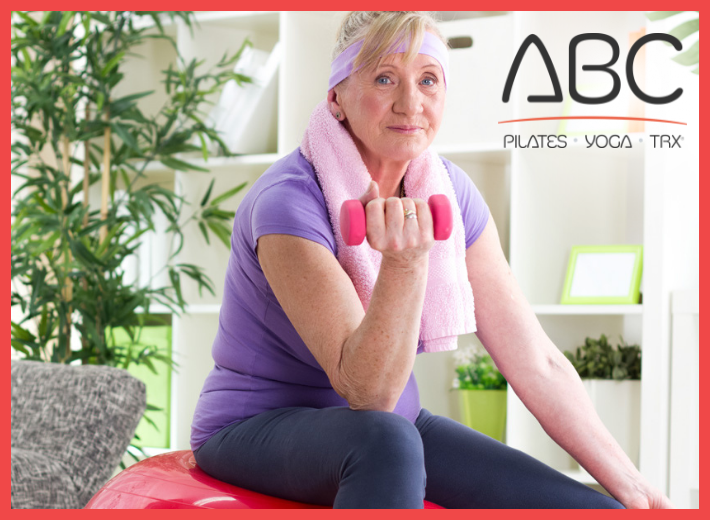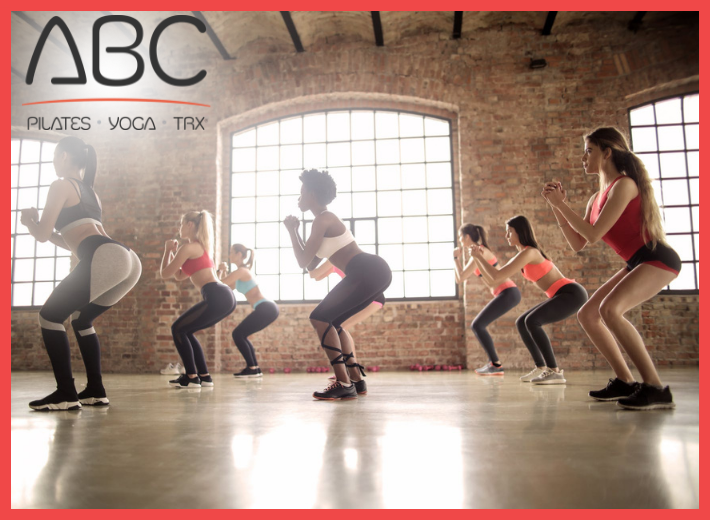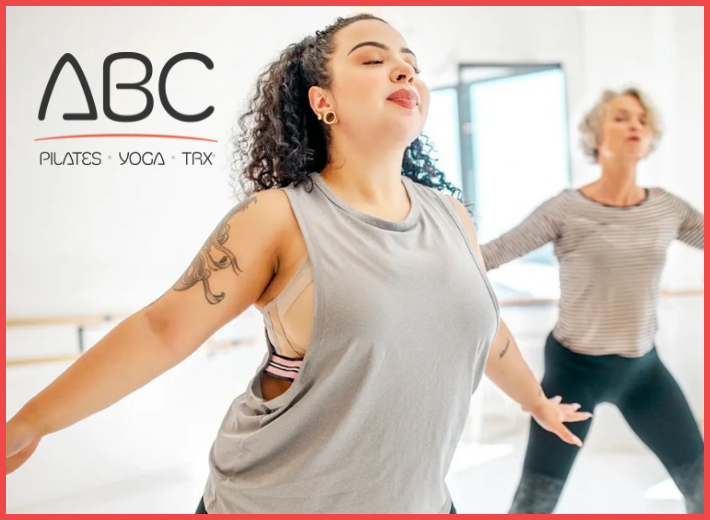
People have been dancing and benefiting from this fun practice for thousands of years. It is not only a practice, it sets you up to be a better version of yourself. Besides myriad health benefits for your mind and body, if there’s ever been a time when we could all use an ecstatic release, it’s now. Let’s hit the dance floor!
Ann took her first dance class on a dare. A sexual assault in her early 20s had left her numb and dissociated from her body. Years of self-medicating with food followed, causing her to gain weight and feel even more out of touch with her physical form. As a way of rebuilding a connection to her body, Ann’s therapist challenged her to take a dance class. “I carried a great deal of shame over both my assault and my weight gain. The idea of a dance class terrified me,” the 38-year-old admits. Nonetheless, Ann signed up for a class at Forward_Space in New York City, which offers 50-minute sweat sessions rooted in dance.
Forward_Space was founded by internationally renowned choreographer and artistic director Kristin Sudeikis. “To me, the concept of wellness is anchored in the question, What fills up one’s well?” she says. “My intention was to create a space where people can connect to themselves, other people, and the greater world around them—in that order—again and again through incredible music and embodied movement.”
Ann’s experience is just one example of the positive benefits dance and dance-based cardio can have. There’s no doubt about it: Dancing is a phenomenal workout—it increases agility, burns calories, and can tone and sculpt your body. But it also has a profound power to shape our mental, emotional, and spiritual worlds, says Lynn Saladino, PsyD, a therapist in New York City who incorporates movement into her work with patients. “In addition to these important benefits, it can be so much fun.”
Your Brain on Dance
Research has found that dancing can spark a better mood, more stamina, and an extra oomph of vitality. When surveyed, recreational dancers had a more positive POV and a jump in their energy levels when compared with before they began dancing.“When you begin moving, you immediately release the brain chemicals dopamine, adrenaline, and endorphins, causing a powerful and lasting effect I call ‘energized optimism,’” says Kelly McGonigal, PhD, a leading health psychologist who studies the mind-body connection, and author of The Joy of Movement. “The adrenaline makes you feel powerful, the dopamine generates hope, and the endorphins bring you joy. You’ve created this amazing cocktail that boosts your mood and energy, leads you to experience better social interactions, makes you more likely to progress on your goals, and lowers stress. So dancing doesn’t just make you feel great in the moment. It sets you up to be a better version of yourself.”
Additionally, a study published in The New England Journal of Medicine found that dancing may keep your memory strong and even prevent you from developing dementia as you age. It does this by rebuilding volume in the hippocampus, the area of the brain that controls memory, which naturally shrinks as you get older. Experts attribute that growth partly to the concentration necessary to learn the dance moves.
A Moving Meditation
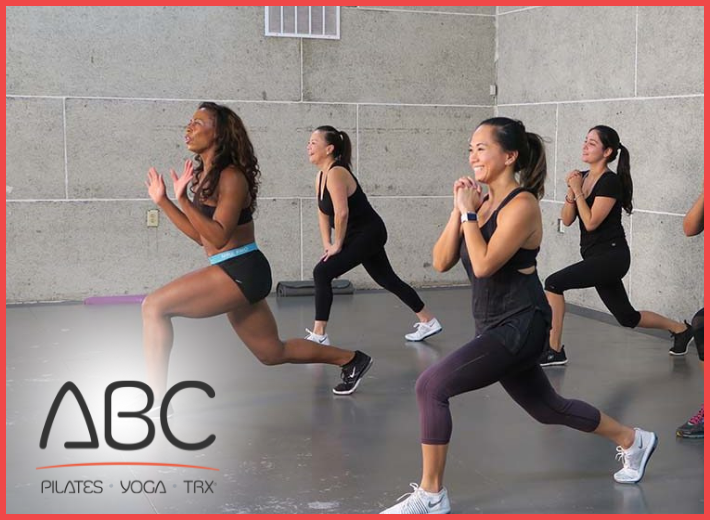
Samuel Beckett famously said, “Dance first. Think later.” He may have been onto something, because certain types of routines can open the mental and emotional floodgates, allowing you to think more clearly and better tune in to yourself. Sudeikis points out that there is a meditative quality to be found in dance. “By consciously putting your body in motion, you’re offering yourself a 360-degree physiological reset, which can be cathartic, deeply transforming, and healing.” At Forward_Space, Sudeikis leads classes through a specific moving meditation toward the end of each class. Setting it to a powerful song (think ballads by Adele, Florence and the Machine, or Emeli Sandé), she leads participants through a series of short, repetitive movements that can feel like physical manifestations of making more space in your head and your heart. For example, she may have you push your arms out in front of you in a sweeping motion over and over as a way of clearing out what no longer serves you. You can also keep your knees soft and shoulders relaxed, with your hands by your side. Bring one hand in front of you and over your head, then follow with the other hand. Repeat this over and over, as if you’re peeling layers of the day off and away.
“The everyday life of cell phones, laptops, and screens can result in a shrinking back and in, rather than an expanding up and out,” says Sudeikis. “The dance floor offers an invitation to unapologetically practice taking up space while also acknowledging the people around you—which is something we could use more of in the world, don’t you think?”
Get in Step
People have been dancing together for thousands of years. “It’s a timeless practice that has been and is still used to celebrate, grieve, create, commune, and more,” Sudeikis says. McGonigal adds that ancient ceremonial rituals, as well as gatherings before going into battle, incorporated dance to generate collective strength.
In other words, dancing doesn’t just help you connect with yourself. “Endorphins are bonding chemicals, so that rush helps you connect with those around you,” says McGonigal. “Dancing with others also creates what psychologists term ‘we agency,’ which is the sensation that you’re all one impressive entity. We each naturally absorb the energy and confidence of the whole group, which leads to feeling less lonely and more empowered.”
Fast-forward to current times and the isolation we’ve all been living through. Because of those bonding chemicals, dance and cardio dance classes can serve as an antidote. “I’ve witnessed full classes of strangers share waves of euphoria,” says Sudeikis. “Dance is one of the great unifiers—sharing a nod of acknowledgment or recognition with the person next to you is a small moment that can have a lasting effect.”
Everyone to the Dance Floor
No matter what your body type or level of experience, you can dance. It’s that simple. Nonetheless, some people may feel uncomfortable attending a traditional dance class, especially if they’ve never taken one before. But when dance is done within the context of wellness, it can seem more approachable for many people. This is, in part, because it feels like the benchmarks are different. Rather than doing specific moves perfectly, your goal can simply be to sweat and be open to new ways of moving your body. “Dancing offers a fresh perspective on exercise, one of fun, inclusivity, and a loosening up of rules and do-or-die end goals,” says McGonigal. “A good class is all about feeling good rather than looking good. It’s a workout, yes, but it’s also a party.”
And even if you walk onto the dance floor nervous, research indicates you most likely won’t leave that way. One study looked at how dance influenced the mental health of adolescent girls. When they took regular classes, they reported feeling more positive and confident. And according to our experts, these immediate benefits extend to people of any and every age.
“‘Beats high, lights low’ is our founding mantra and a key part of the Forward_Space experience,” says Sudeikis. “With the beats high, there’s an invitation to be fully immersed in the music. Dimming the lights low allows the opportunity to feel less self-conscious and drop further into the body.”
If you’re nervous to try it, Saladino suggests acknowledging that hesitance, and then working to mitigate it. Say to yourself, Okay, I’m nervous. So what do I need to do to feel more comfortable? The answer could be simple, like deciding to start in the back of the class or getting a friend to join you. “Do what’s necessary to dial down the anxiety, not completely reject it,” Saladino says. “And keep in mind that nervousness doesn’t translate to ‘not worth doing.’”
There’s deep payoff to be had when we gently push ourselves to do new things. McGonigal points out that doing something novel helps you evolve and revise your self-image in a positive way. “When we bring our full selves to the dance floor,” says Sudeikis, “that in and of itself opens the door to infinite possibilities.”
Gain a whole new level of body awareness with ABC Fit Studio. We have a wide variety of options and private sessions available. Keeping up with your workout plan will be easier than ever. Schedule a class today at (949) 305-3310 and join our online community on Facebook.
Reference: [https://www.oprahdaily.com/life/health/a38584568/benefits-of-dancing/]



